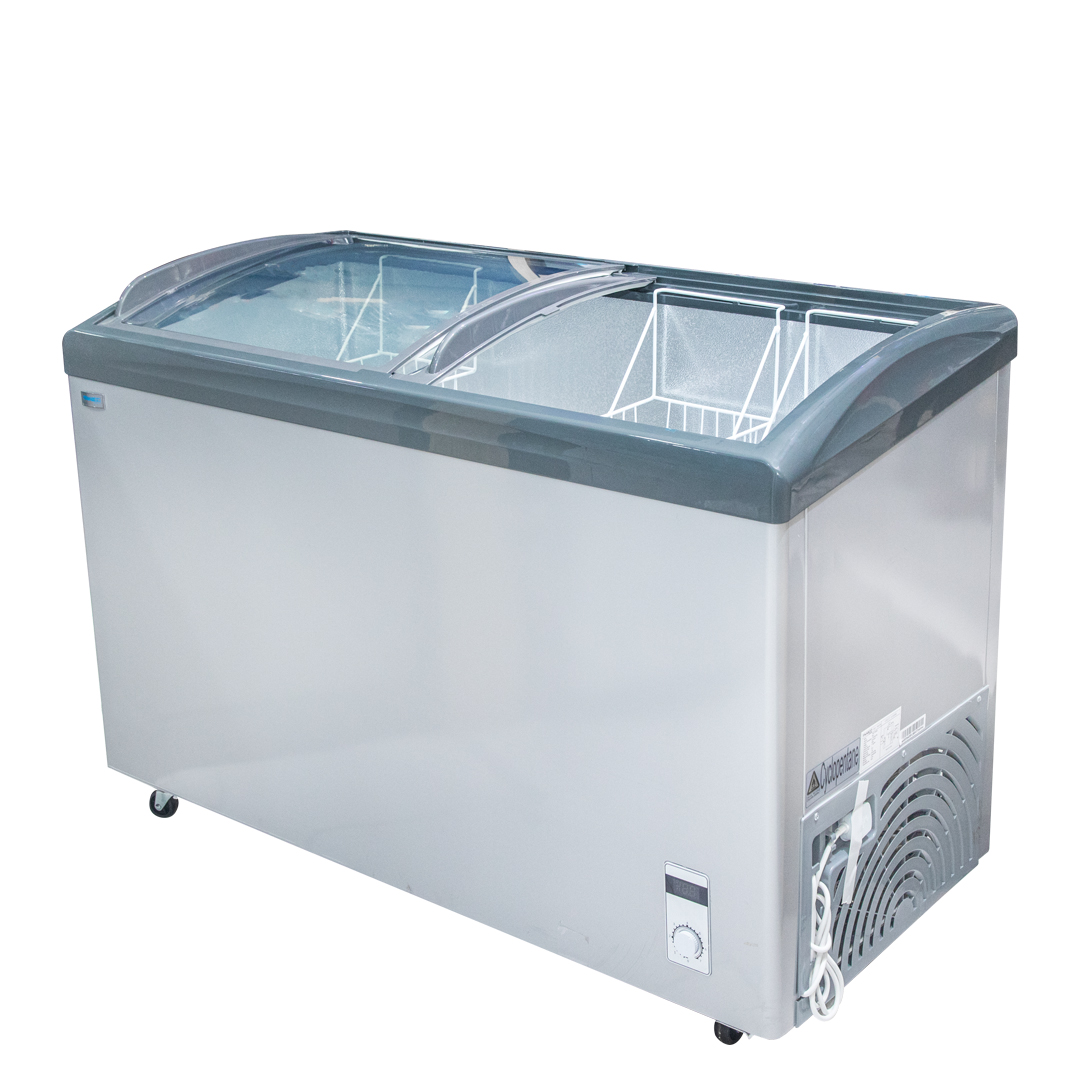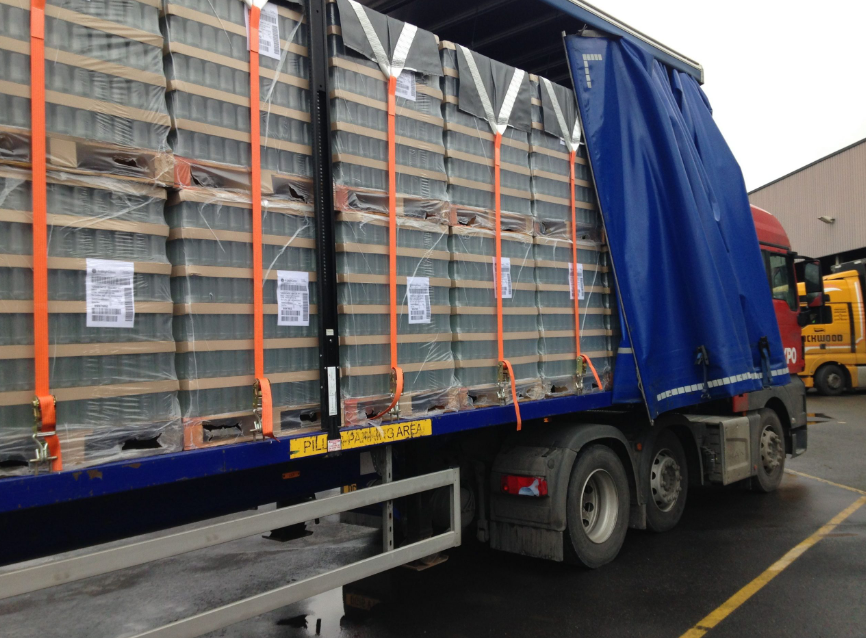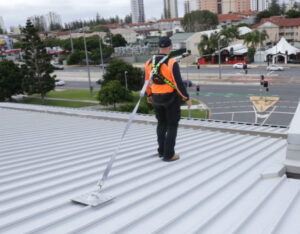Transportation plays a crucial role in today’s global economy. With the constant movement of goods across continents, the need for safe and efficient transport methods has never been more important. One key aspect that ensures the safety and efficiency of cargo transport is the proper use of cargo load restraint systems. In this article, we will discuss how using the right techniques can significantly improve the safety and efficiency of your cargo transport operations.
The Importance of Proper Load Securement
When it comes to cargo transportation, safety should always be the top priority. Ensuring that your cargo is properly secured not only lessens the risk of accidents and damage to your goods but also helps to maintain the structural integrity of your vehicle. By implementing effective cargo securement strategies, you can minimize the chance of cargo shifting during transit, which could lead to accidents, delays, and additional costs.
Best Practices for Implementing Cargo Load Restraint
To ensure that your cargo restraint is effective, it is essential to follow some best practices:
- Select the Appropriate Equipment: The type of restraint equipment you choose should be suitable for the size, weight, and nature of your cargo. It is also important to consider the environmental conditions, such as weather and road conditions when selecting the right equipment.
- Inspect Your Equipment Regularly: Always inspect your restraint equipment for signs of wear, damage, or defects before each use. Replace any damaged equipment immediately to maintain the integrity of your restraint system.
- Properly Distribute the Load: Evenly distributing the weight of your cargo across the vehicle helps to maintain its balance and stability during transit. This reduces the risk of accidents and ensures that your restraint system works effectively.
- Follow Manufacturer Guidelines: When using any cargo load restraint equipment, always adhere to the manufacturer’s guidelines and recommendations. This ensures that your equipment functions efficiently and safely.
- Ensure Proper Tension: When using tie-downs or lashing equipment, it is essential to apply the proper tension. Over-tightening can cause damage to your cargo or vehicle, while insufficient tension may allow the cargo to shift during transit.
Conclusion:
In conclusion, proper cargo load restraint is a critical aspect of safe and efficient cargo transportation. By selecting the right equipment, following best practices, and adhering to regulations, you can significantly reduce the risks associated with cargo transport and improve the overall efficiency of your operations.

 Home
Home







